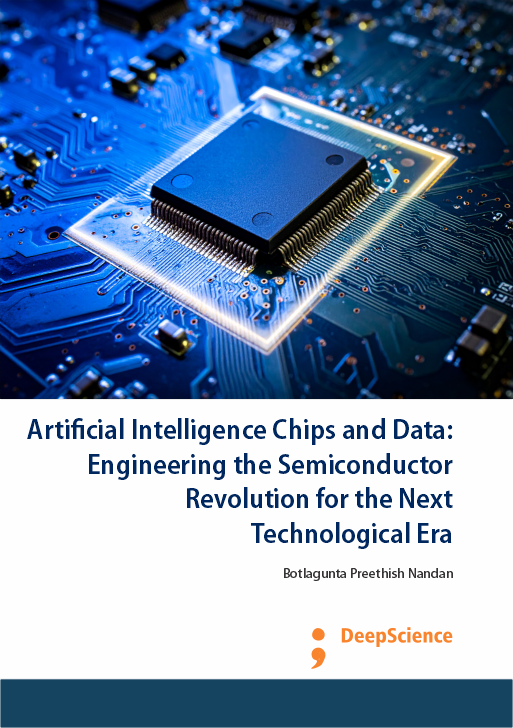Forecasting the future: From quantum chips to neuromorphic engineering and bio-integrated processors
Synopsis
Computing is at the forefront of advances in human civilization and technology. Alongside communication, it is a critical technology that often drives improvements in many other scientific fields. Over the last 60 years, computing has achieved unprecedented advances attributed to scaling laws predicted by Moore’s law, whereby the number of components on a chip doubles every two years, and Dennard’s voltage scaling, whereby the voltage of components is also halved. However, continuous similar advances are no longer necessarily guaranteed, leading to the potential emergence of the so-called ‘Beyond Moore’s Law’ era. Even while traditional transistor scaling is ending, the demand for computing continues to grow in all sectors of the economy by almost orders of magnitude. The end of traditional scaling is expected to result in a computing crunch due to an energy crisis, necessitating the exploration of renewable sources of energy and computers that consume far less energy. Among many possible alternative computing architectures, neuromorphic computing based on brain-inspired computing is one of the most promising (Feng et al., 2018; Himelstein, 2022; Schell, 2024).
New unconventional computing paradigms have emerged to contend with the traditional computing challenges in the five challenge arenas. In the energy-cost arena, they exploit new multiple physical phenomena such as memristive devices, ferromagnetic nanomagnets and spintronic logic. In the computational-speed arena, they leverage the unique temporal dynamics of a wide variety of oscillators based on magnetic, photonic, ferro electromagnetic and nanomaterial technologies. In the footprint arena, they take advantage of in-memory computing, flexible and low-footprint nanomaterials and 3D integration. In the cyber-resilience arena, they leverage a plethora of nanomaterial-based technologies with built-in fault-tolerance mechanisms. In the data arena, they utilize a new generational speedup of the data deluge with hybrid mixed-dimensional nano-material systems with advanced consensus-led strategies. They provide a roadmap towards the realization of a novel, energy-efficient, ultra-fast, compact, secure, resilient, and capable computing technology for the Big Data Age that will complement today’s dominant computing technology based on CMOS transistors. Just as nanotechnology broadly focused on experimental materials and devices ushered in the 21st century, unconventional computing galvanized by nanotechnology will be a critical driver of advances in the 21st century and beyond (Nvidia, 2025a; Nvidia, 2025b).














